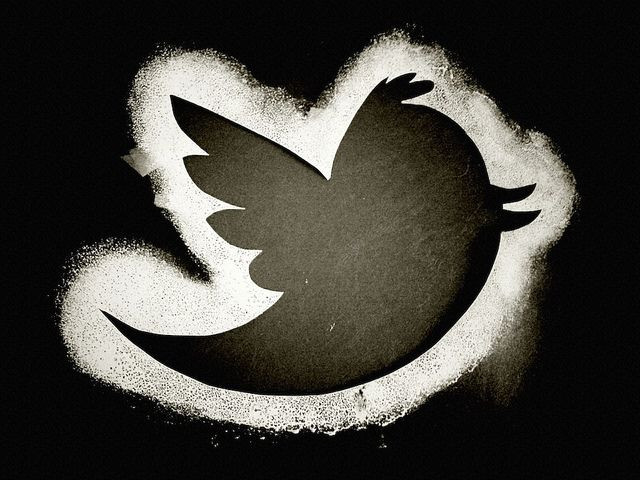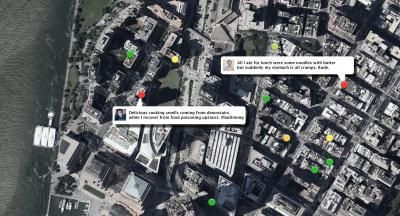New Twitter-Based App Tracks Food Poisoning: Could It Prevent The Next Cyclospora Outbreak?

Tweets about disease outbreaks can spread almost as fast as the germs themselves. A new software program dubbed “nEmesis” may allow public health experts to capitalize on social contagions in order to stop infectious ones.
The recent cyclospora outbreak highlights how quickly an illness can jump from community to community, especially when it is foodborne. Beginning in late June with two cases in lowa, the intestinal infection spread to 16 states – 504 cases – in less than two months. During this time public health officials scrambled to find the source of the epideimic, which they finally traced last week to premixed salad from a Mexican food supplier.
Public health experts are constantly searching for better methods of disease forensics, and social media is the hottest new tool in the field. Websites like Promed-mail and HealthMap keep scientists updated on the whereabouts of viral and bacterial outbreaks from across the world, while services like Google Flu Trends can let you know exactly how influenza season is affecting your home town … well, sort of.
The nEmesis program, developed by scientists at the University of Rochester, works by relying on the fact that many people use twitter on their cellphones. Most of these mobile devices are equipped with GPS, meaning the tweets can be geo-tagged and then compared to an electronic map of known restaurants.

If the message originated at a restaurant, the software will automatically track that person’s tweets for the next 72 hours to see if they mention becoming sick, even if the follow-up messages are sent from a different device.
Field-tested in New York City, the system combines crowdsourcing techniques with an artificial intelligence system that can be taught to adapt while analyzing millions of tweets about food poisoning.
The four month trial run in NYC collected nearly four million messages from 94,000 twitter subscribers and isolated 480 reports of likely food poisoning.
This twitter tracker could also be taught how to improve its disease surveillance. The researchers hired a team from Amazon’s Mechanical Turk system to categorize tweets related to foodborne illness, and then fed these ratings into nEmesis’s algorithm.
Another cool finding was that nEmesis’s results reliably matched up with the food inspections grades that the city’s health department made public back in 2010. Thus nEmesis could be used in the future to provide real-time updates on the quality of a restaurant in-between city inspections.
"The Twitter reports are not an exact indicator – any individual case could well be due to factors unrelated to the restaurant meal – but in aggregate the numbers are revealing," Henry Kautz said at the Conference on Human Computation & Crowdsourcing. Kautz is chair of the computer science department at the University of Rochester and co-author of a paper on nEmesis due for release in November.
"A seemingly random collection of online rants becomes an actionable alert," he said.



























